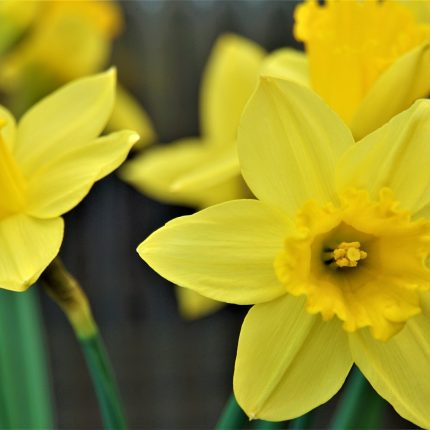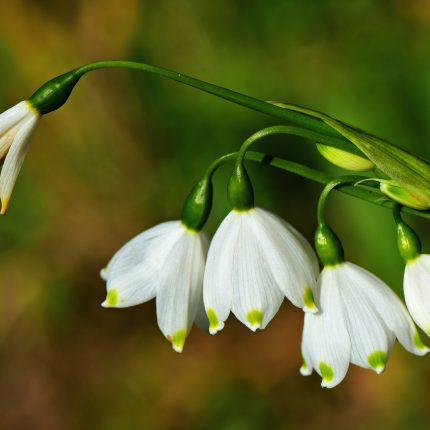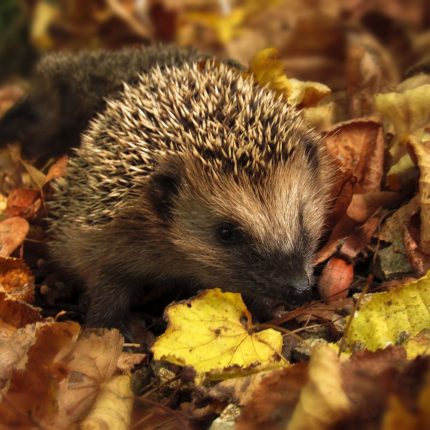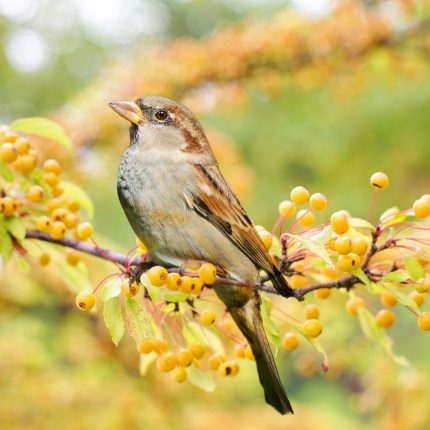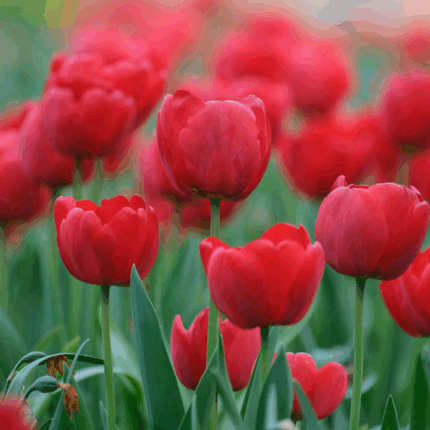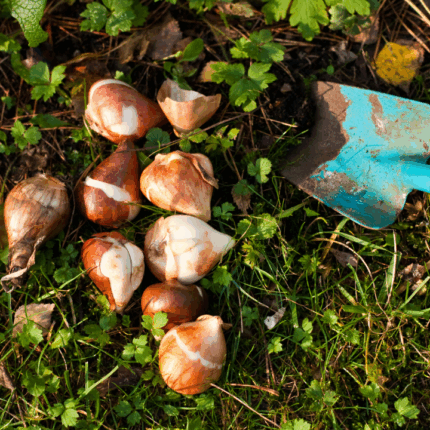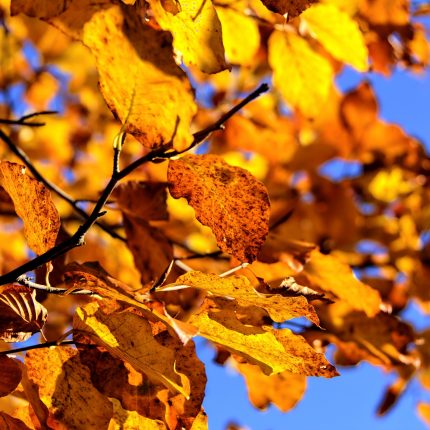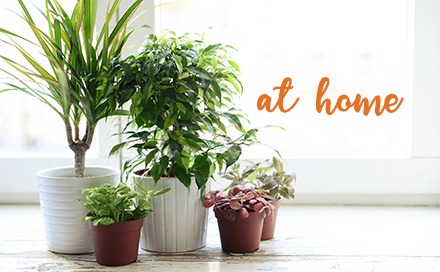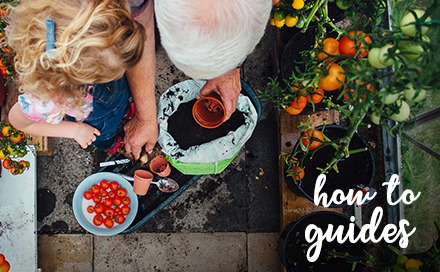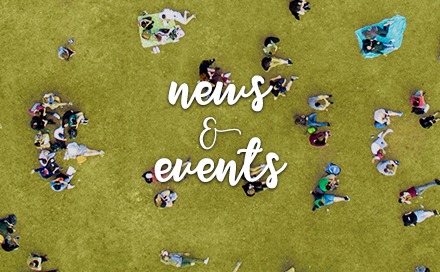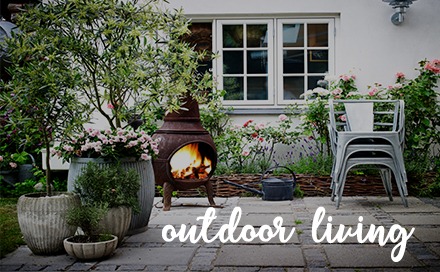Lucozade for your bees?
Our bees are very busy at the moment gathering nectar and pollen to keep the hive going through the winter months. We gardeners can help them out by providing nectar rich flowers to help top up their stores, and we get the added benefit of appreciating their flowers!
When I was young we kept twelve hives of honey bees. My father was probably ahead of his time as many years ago he promoted the use of nectar rich plants to our neighbours. They had the benefit of a jar or two of honey at the end of summer if he deemed them worthy!
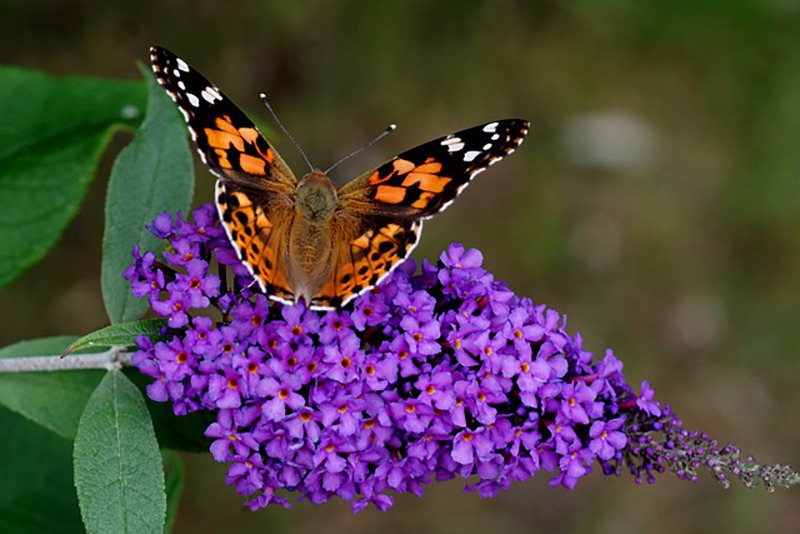
I was the gardener and he was the bee keeper so we grew lots of Buddleja or Butterfly bushes in our garden. These are late summer flowering and keep flowering until autumn. Butterfly bushes are very rich sources of nectar for many insects such as Butterflies and Hoverflies.
We joked that the flowers were like “Lucozade for bees”! I spent many a happy hour watching to see if I could spot a “Red Admiral” butterfly or maybe an occasional “Painted Lady” butterfly that migrate over from France.
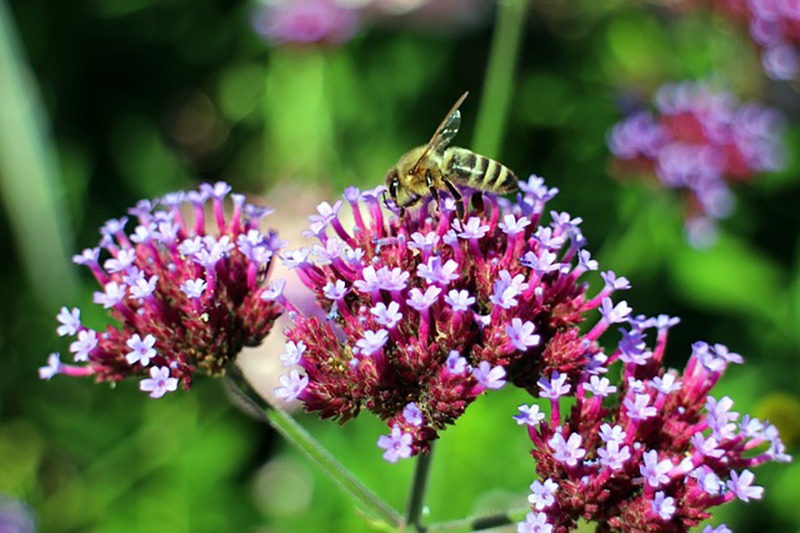
Other great performers are Verbena bonariensis that are tall delicate looking, but very tough lilac flowers that attract hoards of beneficial friends to our gardens. They originate from warmer climates but are very happy here in Ireland where they self-seed easily in sunny areas and fit in perfectly with cottage gardens.
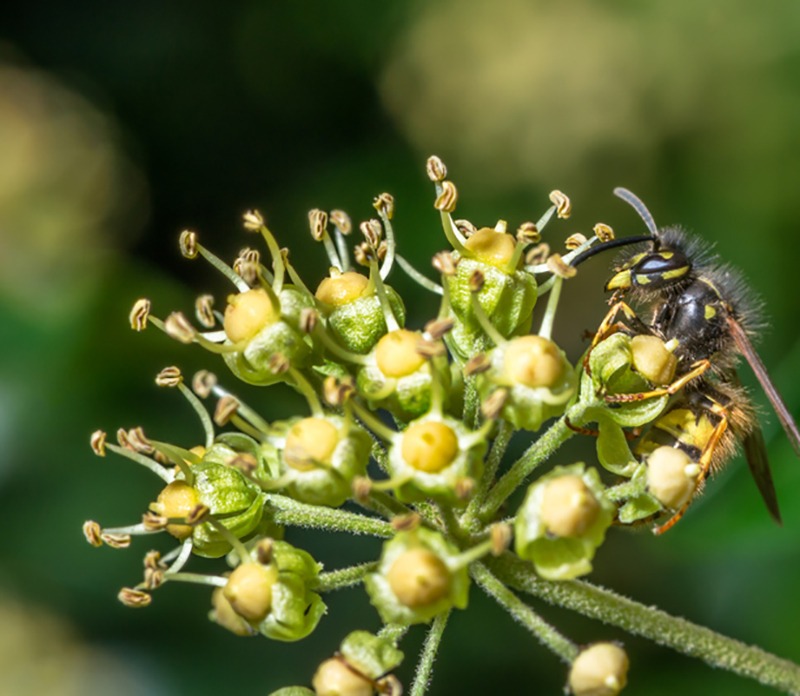
One often overlooked, and native plant, which is a life saver for bees, is the wild ivy or Hedera hibernica. As the name “Hibernica” suggests it is our very own version of Ivy that grows in most woodland and wild places all around the country.
All Ivies are good for wildlife as when they mature they branch out and give birds great nesting sites along with a long flowering season in late summer and autumn. The birds adore the seeds later on when the weather cools down and food is scarce.
Try leaving a little area of your garden unkempt and allow ivy a chance to creep up a wall or tree. Many garden centres sell Ivy as it is appreciated for its strong healthy looking leaves that will grow in difficult conditions.
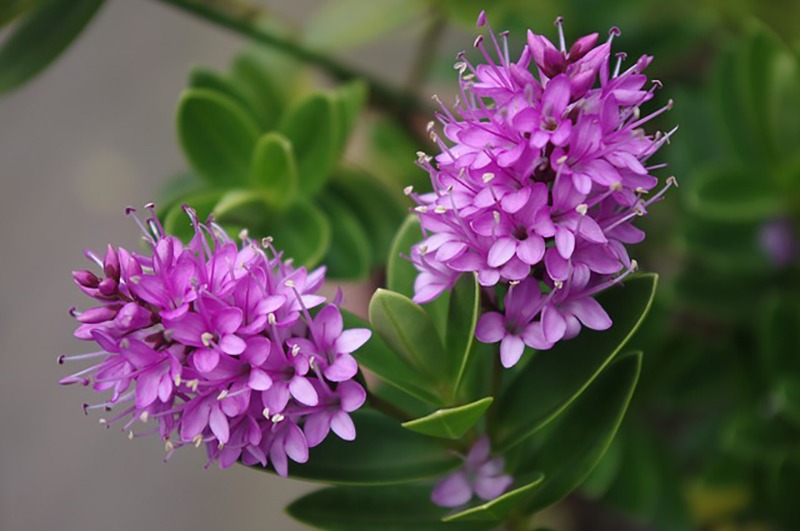
Hebes also are a great garden plant that we always had at home on a little bank, which was always dry in summer. The Hebes loved this sheltered spot, as did the bees, and a soft hum could be heard on a warm evening as they sipped nectar.
While all Hebes are good for pollinators, the best ones seem to be the large flowered, Hebe “Donna” range that are readily available in our Countrylife stores. They make perfect small enough shrubs for coastal areas as their leaves are wind resistant. It is always best to give them a little clip after flowering to keep them compact.
Keep an eye out for our other native plants if you are out for a walk and perhaps encourage a little patch of bee and pollinator “Eden” in your garden!
We’re here to help
If you need any help with choosing the most suitable plants to attract bees or other wildlife to yrou garden, talk to any of our horticulturists in store out get in touch on Social Media. We’d love to help.

